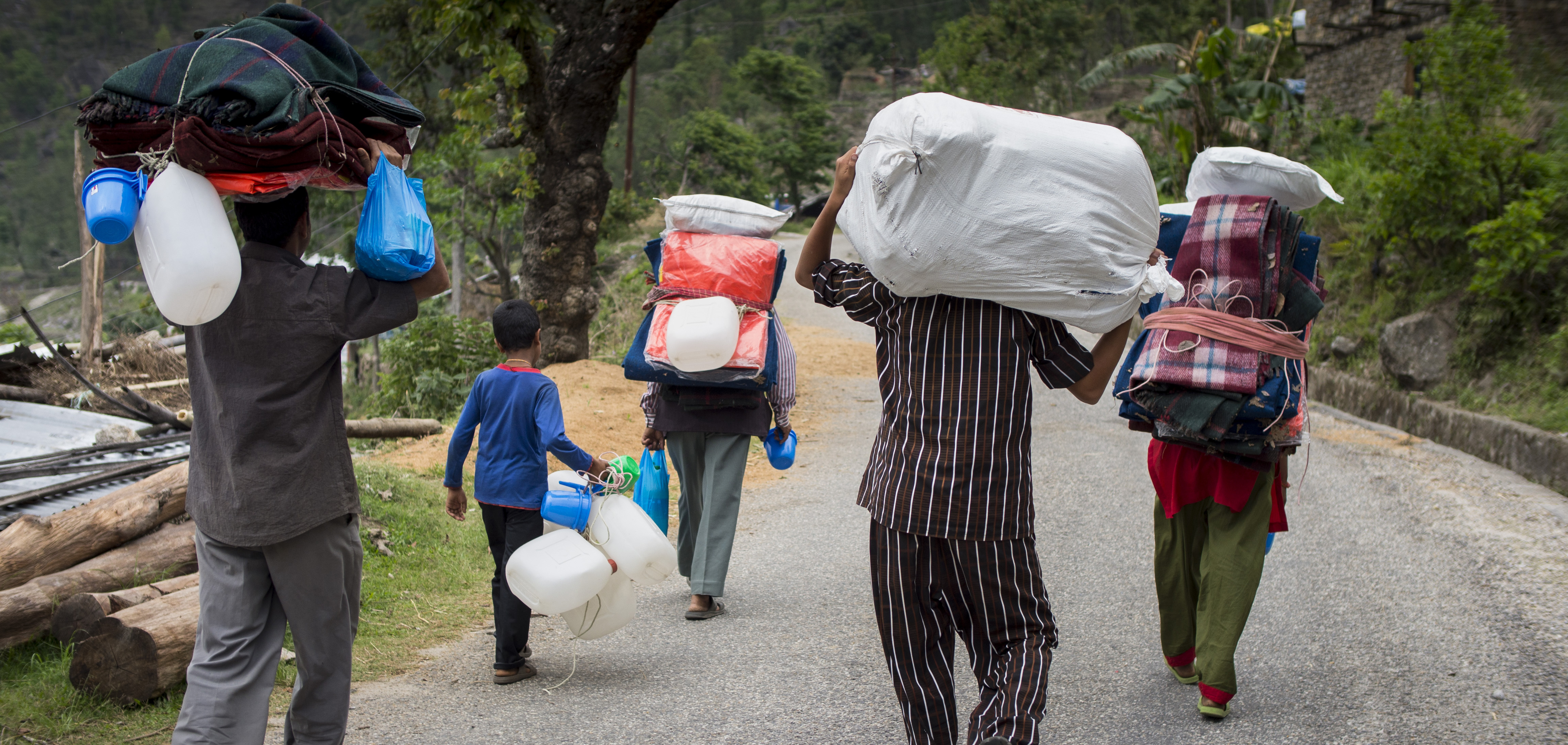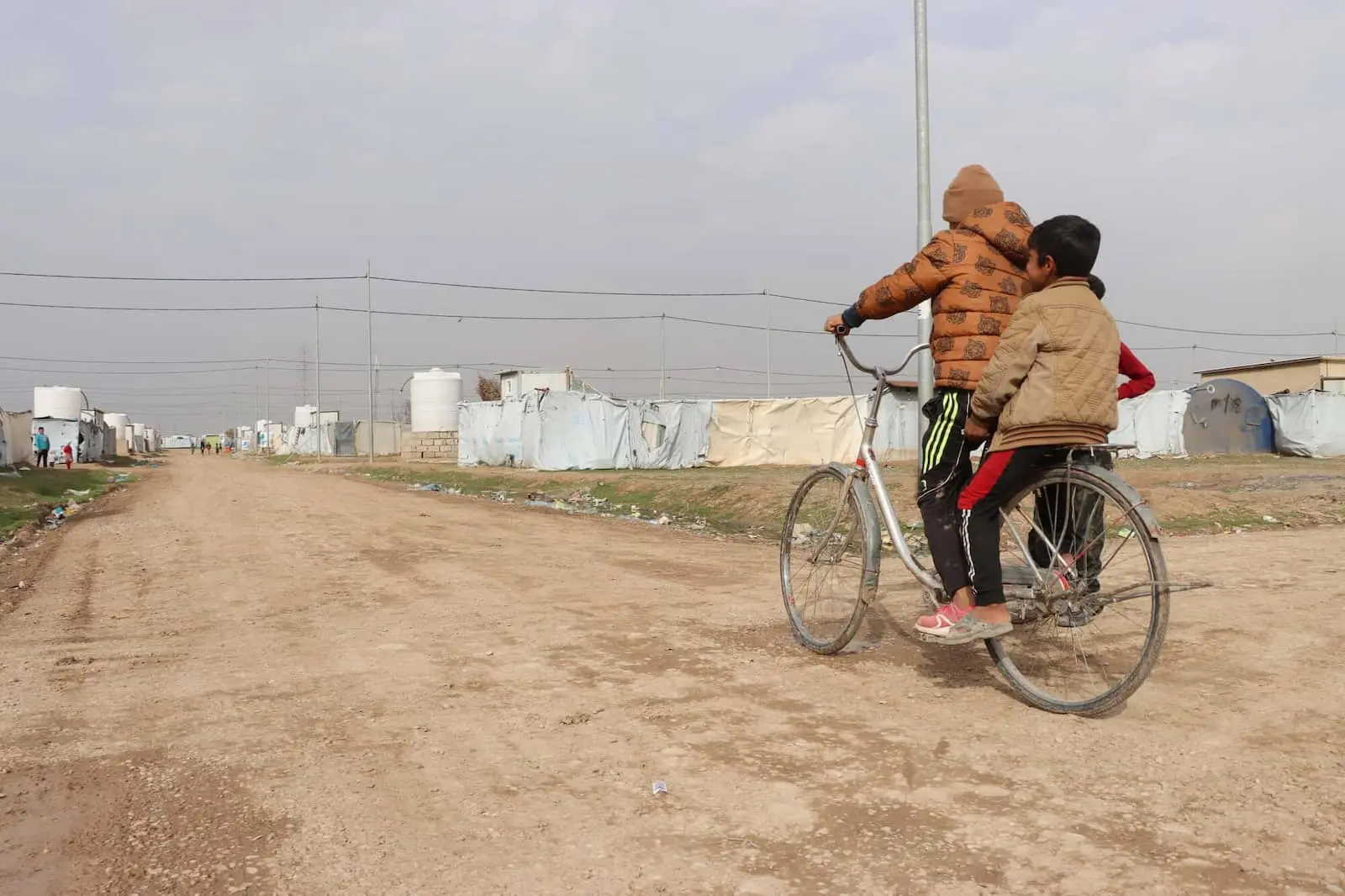There are differences between refugees and internally-displaced persons, but one thing that unites them is that they’re both forcibly displaced. Forced migration refers to the movements that refugees, IDPs, and some migrants make — both within their home country and between countries — due to forces beyond their control.
As of 2019, 1 person is uprooted every 2 seconds (often with nothing but the clothes on their backs). Currently, the global total of forcibly-displaced people is over 68.5 million. There are a number of different factors that lead hundreds of millions of people around the world to leave their homes. All of these factors, however, lead to one common goal: To have a better, safer, life.
Read on for six of the most common causes of forced migration.
1. Drought

A single drought can spell disaster for communities whose lives and livelihoods rely on regular, successful harvests. In a number of countries where Concern works — including Somalia, Kenya, and Ethiopia — droughts have become increasingly severe, leaving millions of citizens without the ability to grow food. They rely on this food to feed themselves, their livestock, and their livelihoods.
Drought also leaves families without access to clean water, often leading to them turning to dirty water as their only alternative for bathing, drinking, and growing crops. For families, this can mean going for days without food. They may also resort to using contaminated water.
2. Hunger
Hunger’s connection to drought and other causes on this list is significant: What people in farming regions don’t consume from their own harvests is sold to make a living. War and conflict can also mean a lack of access to markets and fields, or that crops and food supplies are destroyed or stolen. Other causes of world hunger add up to the same result: Without any other alternatives, families affected by food shortages are often separated by forced migration, with one parent (usually the father) seeking work in a city to cover costs. Other families leave as a unit to begin their life in a new country.
3. Flooding
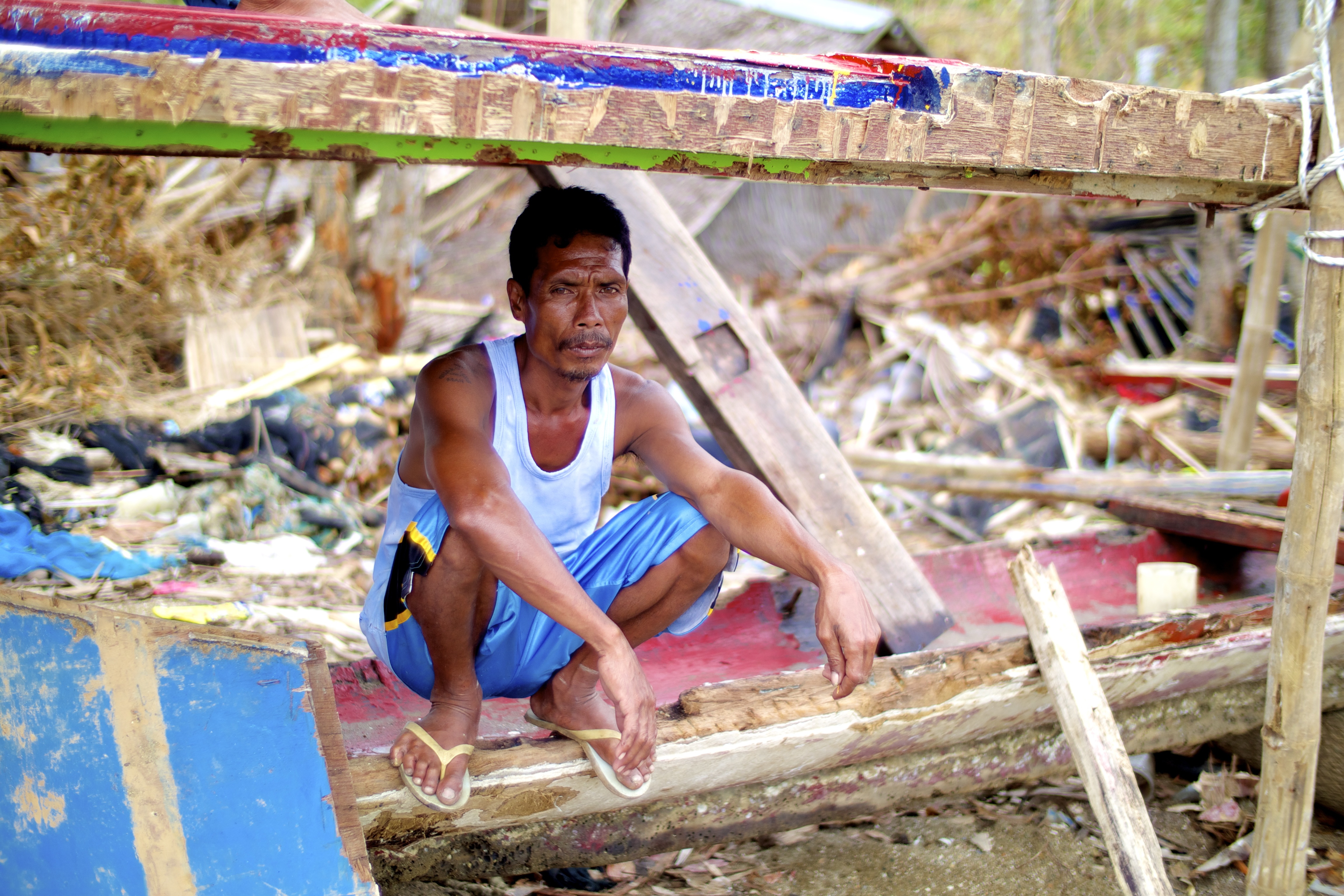
In Malawi, one of Concern’s focuses has been on resilience. But sometimes nature is just too strong, as we saw in the wake of Tropical Cyclone Idai earlier this year. During Concern’s assessments of the areas devastated by rains and heavy flooding in one village, our team only saw a few people who had ventured back to check on what was left of their homes. They were frightened to bring their families back with them in case the floods returned.
After Hurricane Matthew made landfall in Haiti in 2016, the storm’s lethal winds and rain left 200,000 homes in its wake of destruction. An estimated 1.5 million citizens — or more than 10% of the country — were left in need of humanitarian aid and damages clocked in at $1.9 billion.
According to a report published in 2017 by Cornell University, events prompted by climate change such as drought and flooding could account for up to 1.4 billion forced migrations by the year 2060. By 2100, they estimate that number would surpass 2 billion.
4. Earthquakes
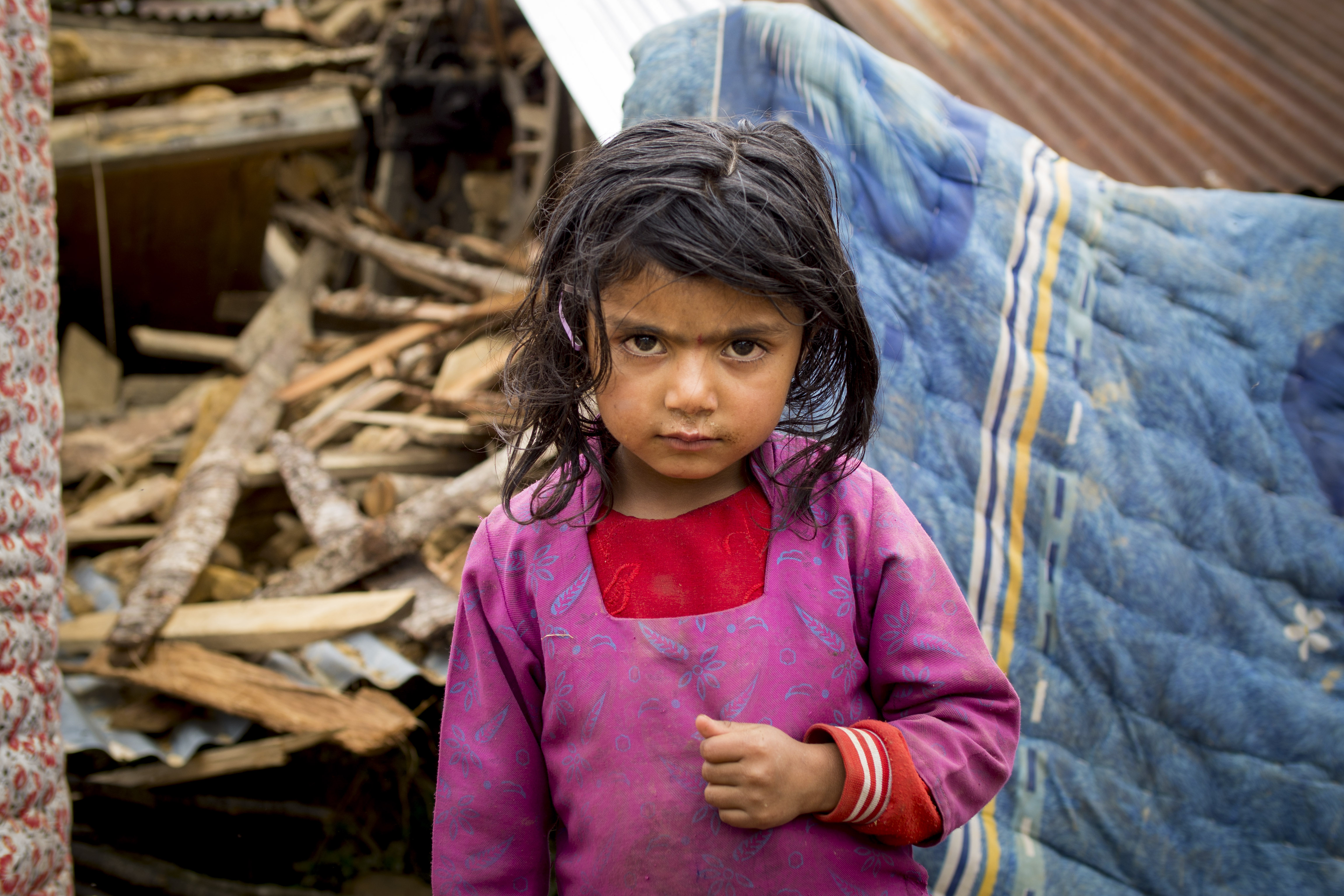
Almost 60,000 Haitians currently live and work in the United States. Many were driven from their homes due to the devastating effects of two major hurricanes and one earthquake in recent years. In 2010, a 7.0-magnitude earthquake hit the capital city of Port-au-Prince, leaving 1.5 million Haitians homeless. No natural disaster had ever affected a capital city in such a way. The earthquake created a ripple effect that even paralyzed areas well outside the disaster zone.
In 2015, a devastating series of earthquakes hit Afghanistan, Pakistan, and India (7.5-magnitude) and Nepal (7.8-magnitude and 7.3-magnitude, respectively). These drove hundreds of thousands of residents from their homes.
5. War & conflict
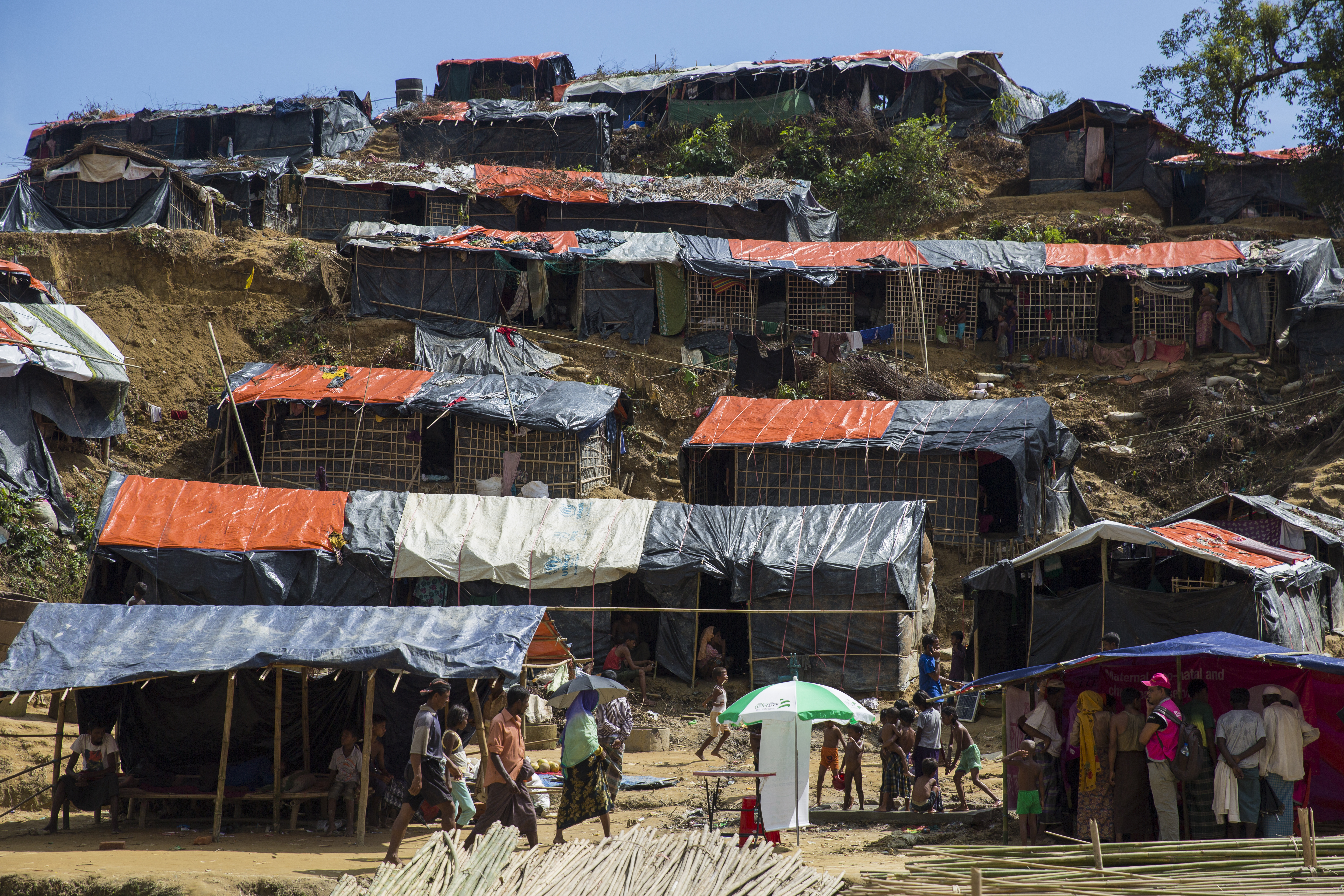
Conflict is the most common factor for forced migration around the world. Most recently, the world’s focus has been on the Rohingya crisis in Myanmar, with nearly 75% of the country’s Muslim population fleeing to neighboring Bangladesh in the wake of violence and ethnic cleansing. In 2017, amid the escalation of ongoing tension and violence, the United Nations deemed the plight of the Rohingya the “fastest-growing refugee emergency” in the world.
Forced migration has been a norm in the Middle East for most of the 21st Century, according to Oxford University’s Refugee Studies Center. Syria’s deadly civil war has caused over 11 million instances of forced migration. To-date nearly 6.2 million Syrians are internally displaced, and over 5.6 million Syrians are counted as refugees. The Democratic Republic of Congo has the highest number of displaced people on the continent of Africa, with nearly 6 million people forced from their homes by various conflicts. South Sudan has been continuously plagued by conflict-induced migration during its short existence.
6. Economic circumstances
One of the biggest factors for migration are the economic challenges that may affect individuals in their countries of origin. The UN’s 2018 World Migration Report notes that this is a major driver in West Africa, where temporary and permanent migrant workers commonly relocate from countries like Niger and Mali to Ghana and the Côte d’Ivoire for more opportunities to work and support their families. Niger, for example, has one of the fastest-growing populations in the world (by 2050 it is expected to triple compared to 2017 figures). However, the country is unable to keep up with the demand for jobs as more and more Nigeriens become old enough to enter the workforce.
Forced migration: Concern’s response
Concern’s response to the world’s displacement crisis is in keeping with the Comprehensive Refugee Response Framework, approved by all 193 Member States of the United Nations in September, 2016.
The CRRF gives a set of guidelines for approaching the predictable aspects of these crises. This includes:
- Easing pressure on countries that welcome and host refugees
- Building self-reliance of refugees
- Expanding access to resettlement of refugees in third countries or offering other complementary pathways
- Fostering conditions that enable refugees to voluntarily return to their home countries
Last year alone, Concern responded to 66 emergencies in 23 countries, reaching 17.8 million people with urgent necessities such as shelter, psychosocial support, healthcare, and food as well as longer-term livelihoods trainings that benefit both displaced and host communities.

